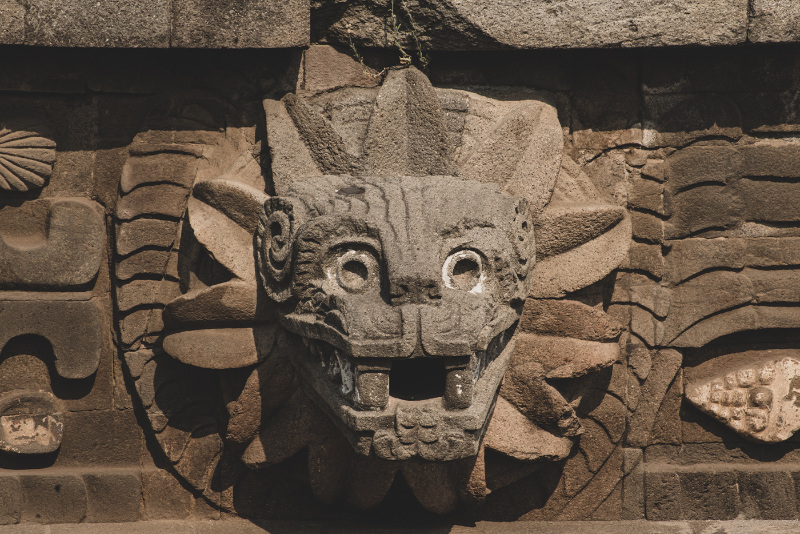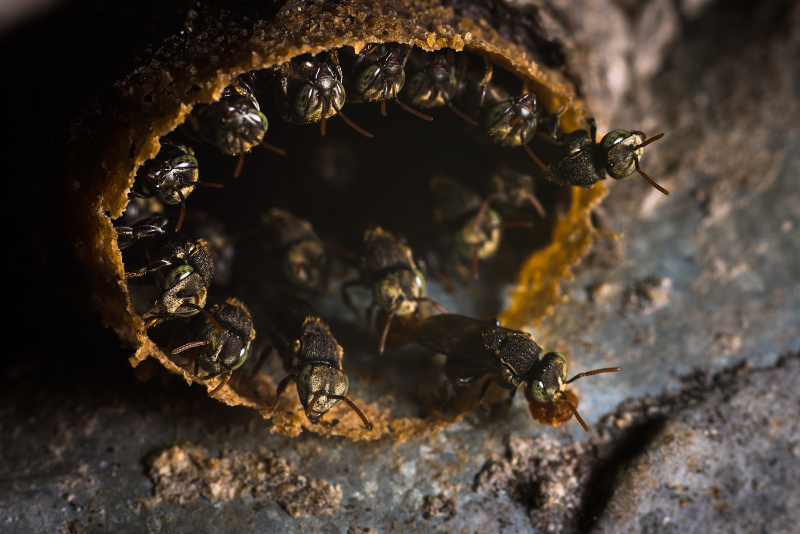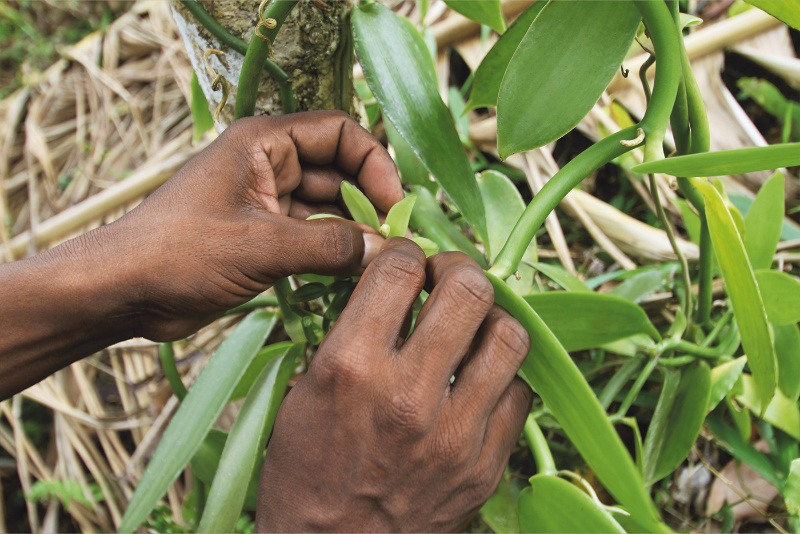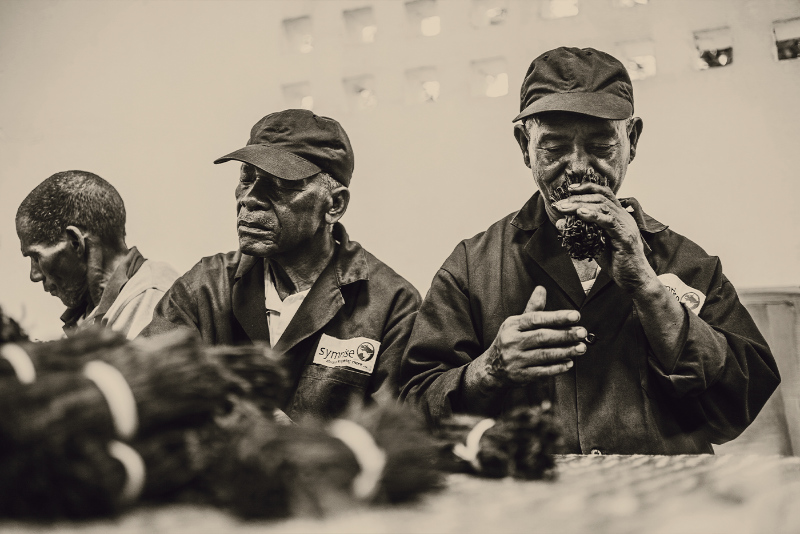Vanilla is more than just a popular spice, it has a rich history dating back to ancient civilizations. Read eight exciting facts about the provenance and origin of the “queen of spices” that has conquered the world.

1. Mexico – the cradle of vanilla
Vanilla originally comes from Mexico, where it was cultivated by the Totonac tribe long before the arrival of the Europeans. These indigenous people revered the vanilla plant and used it for their ritual ceremonies and to flavor drinks.
2. Sacred gift of the gods
The Aztecs conquered the Totonacs in the 15th century and adopted the use of vanilla, especially for cocoa drinks. They believed that the vanilla plant was a gift from the god Quetzalcóatl and called the spice “tlilxochitl”, which means “black flower”.

3. A bee as the only pollinator
In Mexico, the vanilla orchid is pollinated by a specific bee, the Melipona bee. This small, stingless bee is uniquely adapted to pollinating the intricate flower of the vanilla plant. The Melipona bee and the vanilla orchid have developed a symbiotic relationship that is so exclusive that the vanilla orchid is difficult to pollinate outside its natural habitat.
4. The discovery of the Spaniards
When Hernán Cortés landed in Mexico in the early 16th century, he was introduced to vanilla. He brought the spice to Europe, where it soon became a sought-after ingredient in fine cuisine and perfumery.

5. The secret of pollination
Outside Mexico, vanilla cultivation remained a mystery for centuries, as there were no Melipona bees to pollinate the flowers. This secret limited the occurrence of vanilla to its original location.
6. A boy who changed the world of vanilla
In 1841, the then 12-year-old Edmond Albius revolutionized the vanilla industry on the island of Réunion in the Indian Ocean by discovering a method of hand-pollinating vanilla flowers. His technique was simple: Using a small stick or thorn, he carefully opened the flower and used his thumb to transfer the male pollen to the female part. This method allowed vanilla to be cultivated outside Mexico and is still used today.

7. The spread of vanilla
Thanks to Albius’s discovery, vanilla cultivation spread to tropical regions around the world, including Madagascar, the Comoros, and Tahiti, which are now among the leading producers of vanilla.
8. A precious commodity
Vanilla is now the second most expensive spice in the world after saffron. Even today, production is still extremely labor-intensive and requires a lot of manual work, from the pollination of each individual flower to the careful harvesting and processing of the pods. During the entire process, each pod is handled 50-70 times.
